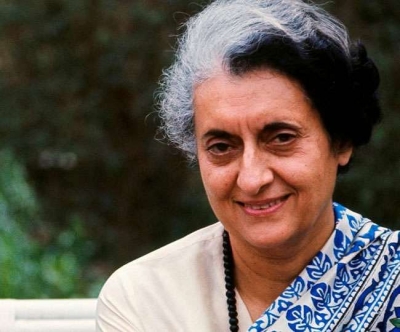Who was the first and only woman Indian Prime Minister so far?

Indira Priyadarshini Gandhi Nehru; 19 November 1917 – 31 October 1984) was an Indian politician and a central figure of the Indian National Congress. She was the first and, to date, only female Prime Minister of India. Indira Gandhi was the daughter of Jawaharlal Nehru, the first prime minister of India. She served as prime minister from January 1966 to March 1977 and again from January 1980 until her assassination in October 1984, making her the second longest-serving Indian prime minister after her father.
Indira Gandhi was born Indira Nehru into a Kashmiri Pandit family on 19 November 1917 in Allahabad. Her father, Jawaharlal Nehru, was a leading figure in India's political struggle for independence from British rule, and became the first Prime Minister of the Dominion (and later Republic) of India. She was the only child (a younger brother died young), and grew up with her mother, Kamala Nehru, at the Anand Bhavan, a large family estate in Allahabad. She had a lonely and unhappy childhood. Her father was often away, directing political activities or incarcerated, while her mother was frequently bedridden with illness, and later suffered an early death from tuberculosis. She had limited contact with her father, mostly through letters.
She had been Minister for Information and Broadcasting (1964- 1966). Then she held the highest office as the Prime Minister of India from January 1966 to March 1977. Concurrently, she was the Minister for Atomic Energy from September 1967 to March 1977. She also held the additional charge of the Ministry of External Affairs from September 5, 1967 to February 14, 1969. Smt. Gandhi headed the Ministry of Home Affairs from June 1970 to November 1973 and Minister for Space from June 1972 to March 1977. From January 1980 she was Chairperson, Planning Commission. She again chaired the prime Minister’s Office from January 14, 1980.
Picture Credit : Google












